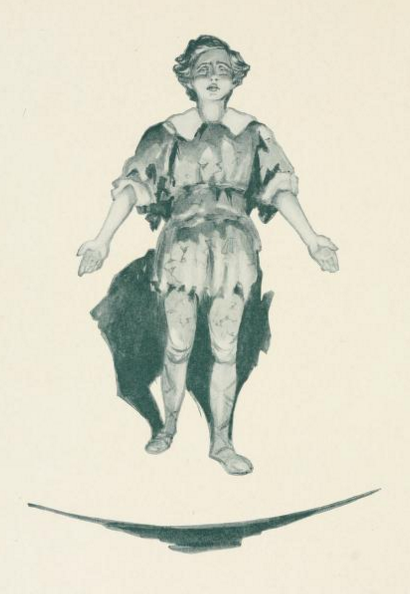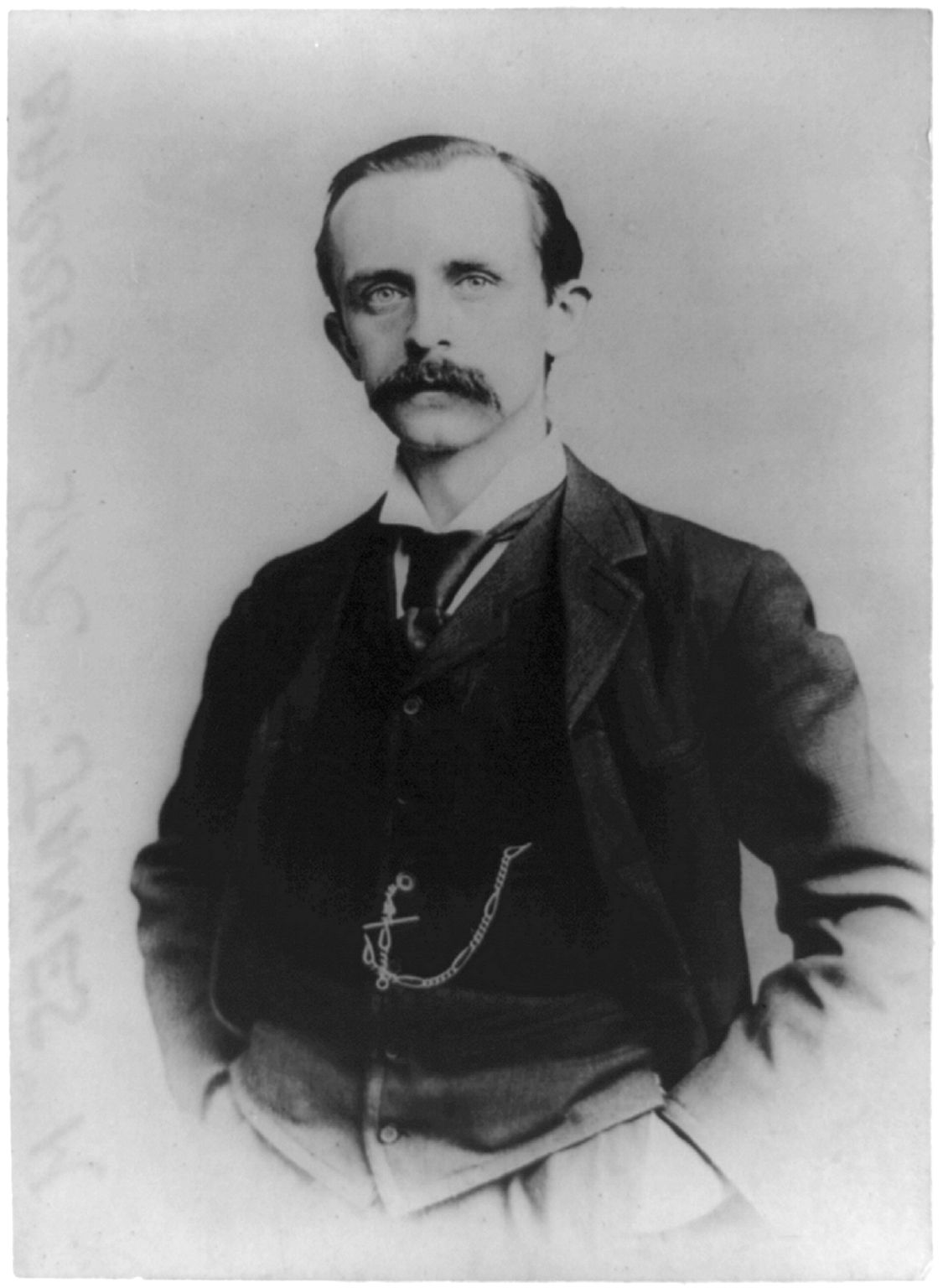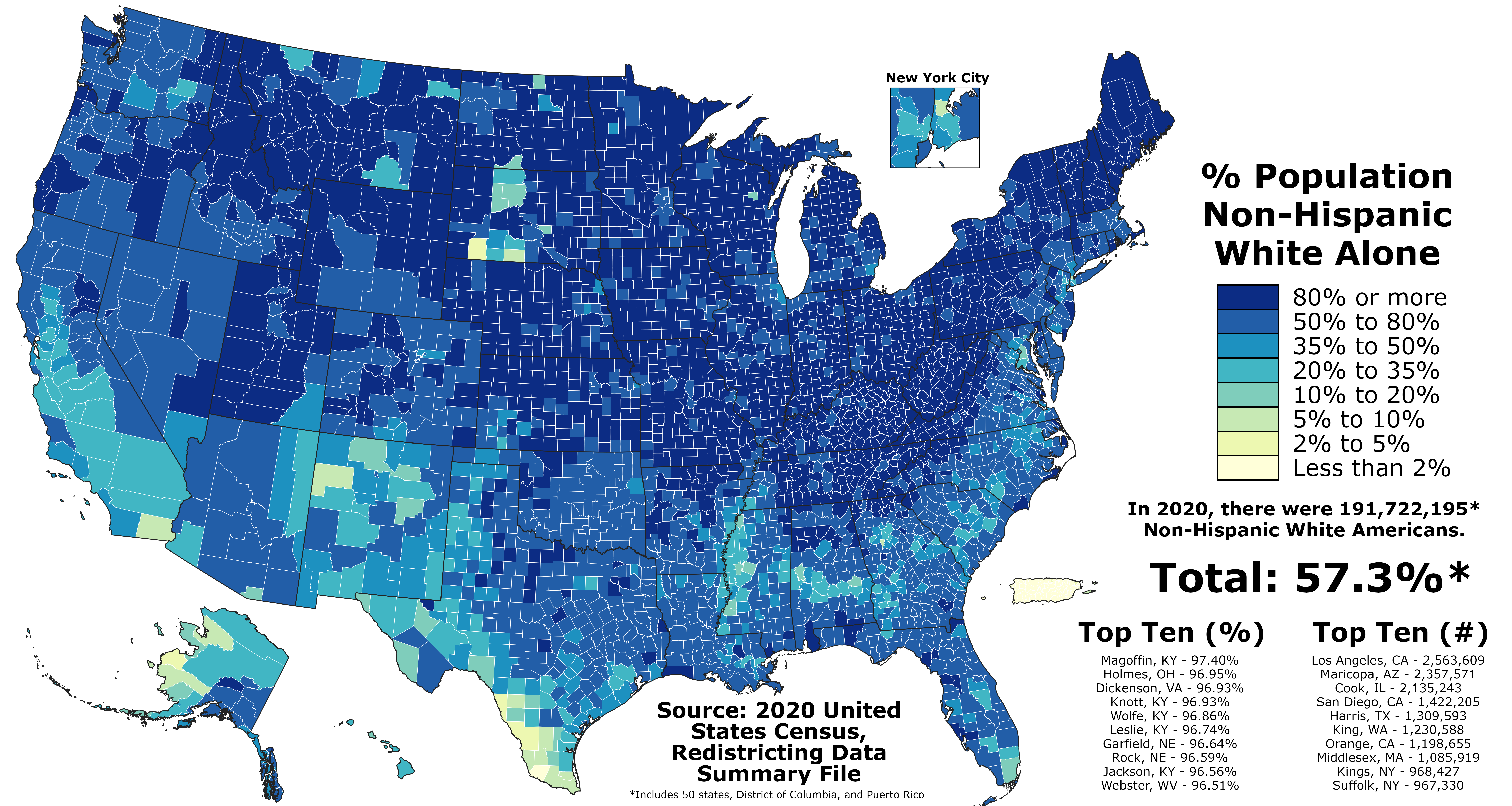|
Indian Princess (Native American)
The Indian princess is usually a stereotypical and inaccurate representation of a Native American or other Indigenous woman of the Americas. The term "princess" was often mistakenly applied to the daughters of tribal chiefs or other community leaders by early American colonists who mistakenly believed that Indigenous people shared the European system of royalty. This inaccurate portrayal has continued in popular animation, with characters that conform to European standards of beauty, with the most famous misrepresentation being that of Pocahontas. Frequently, the "Indian Princess" stereotype is paired with the "Pocahontas theme" in which the princess "offers herself to a captive Christian knight, a prisoner of her father, and after rescuing him, she is converted to Christianity and live with him in his native land." - a false narrative that did not even happen that way to the real child who inspired the Pocahontas stories. The phrase "''Indian princess''", when used in this way ... [...More Info...] [...Related Items...] OR: [Wikipedia] [Google] [Baidu] |
Stereotypes Of Indigenous Peoples Of Canada And The United States
Stereotypes of Indigenous peoples of Canada and the United States of America include many ethnic stereotypes found worldwide which include historical misrepresentations and the oversimplification of hundreds of Indigenous cultures. Negative stereotypes are associated with prejudice and discrimination that continue to affect the lives of Indigenous peoples. Indigenous peoples of the Americas are commonly called Native Americans in the United States (excluding Alaskan and Hawaiian Natives) or First Nations people (in Canada). The Circumpolar peoples of the Americas, often referred to by the English term Eskimo, have a distinct set of stereotypes. Eskimo itself is an exonym, deriving from phrases that Algonquin tribes used for their northern neighbors, in Canada the term Inuit is generally preferred, while Alaska Natives is used in the United States. It is believed that some portrayals of Natives, such as their depiction as bloodthirsty savages have disappeared. However, most po ... [...More Info...] [...Related Items...] OR: [Wikipedia] [Google] [Baidu] |
Squaw
The English word ''squaw'' is an ethnic and sexual slur, historically used for Indigenous North American women. Contemporary use of the term, especially by non-Natives, is considered derogatory, misogynist, and racist.King, C. Richard,De/Scribing Squ*w: Indigenous Women and Imperial Idioms in the United States in the ''American Indian Culture and Research Journal'', v27 n2 p1-16 2003. Accessed Oct. 9, 2015 While the morpheme ''squaw'' (or a close variant) is found within longer words in several Eastern and Central Algonquian languages, primarily spoken in the northeastern United States and in eastern and central Canada, these languages only make up a small minority of the Indigenous languages of North America. The word "squaw" is not used among Native American, First Nations, Inuit, or Métis peoples. Even in Algonquian, the related morphemes used are not the English-language slur, but only a component part of longer Algonquian words that contain more than one morpheme. ... [...More Info...] [...Related Items...] OR: [Wikipedia] [Google] [Baidu] |
Rooney Mara
Patricia Rooney Mara ( ; born April 17, 1985) is an American actress. She has received various accolades, including a Cannes Film Festival Award for Best Actress, in addition to nominations for two Academy Awards, a British Academy Film Award, and two Golden Globe Awards. Born into the Rooney and Mara families, she began her career acting in television and independent films, such as the coming-of-age drama ''Tanner Hall'' (2009), and she gained further recognition for a supporting role in David Fincher's biographical drama ''The Social Network'' (2010). Mara had a career breakthrough when she starred as Lisbeth Salander in Fincher's thriller ''The Girl with the Dragon Tattoo'' (2011), which earned her a nomination for the Academy Award for Best Actress. Her career progressed with leading roles in the thriller ''Side Effects'' (2013), the science fiction romance '' Her'' (2013), and the romantic drama '' Carol'' (2015); all three were critical and commercial successes. For the ... [...More Info...] [...Related Items...] OR: [Wikipedia] [Google] [Baidu] |
Pan (2015 Film)
''Pan'' is a 2015 American fantasy film directed by Joe Wright and written by Jason Fuchs. The film serves as a prequel to ''Peter and Wendy'' from Scottish author J. M. Barrie, which was first staged in 1904, and focuses on an alternative origin story for Peter Pan and Captain Hook. It stars Hugh Jackman as a fictionalized version of Blackbeard, Garrett Hedlund as Hook, Rooney Mara as Tiger Lily, and Levi Miller as Peter Pan. ''Pan''s world premiere was held in London on September 20, 2015, and it was theatrically released in the United States on October 9, 2015, by Warner Bros. Pictures. ''Pan'' was a box-office bomb, only grossing $128.4 million against a production budget of $150 million, resulting in significant loss for the studio, and was received negatively by critics, with criticism calling the plot formulaic and the action heavily reliant on CGI. Some also criticized the casting of white actress Rooney Mara as the Indigenous American character Tiger Lily; Mara w ... [...More Info...] [...Related Items...] OR: [Wikipedia] [Google] [Baidu] |
Wendy Darling
Wendy Moira Angela Darling is a fictional character and one of the main protagonists of the 1904 play and 1911 novel ''Peter and Wendy'' by J. M. Barrie, as well as in most adaptations in other media. Her exact age is not specified in the original play or novel by Barrie, though it is implied that she is about 12–13 years old or possibly younger, as she is "just Peter's size". As a girl on the verge of adulthood, she stands in contrast to Peter Pan, a boy who refuses to grow up, the major theme of the Peter Pan stories. Wendy hesitates at first to fly off to Neverland, but she comes to enjoy her adventures. Ultimately, she chooses to go back to her parents and accepts that she has to grow up. Background In the novel '' Peter Pan'', and its cinematic adaptations, she is an Edwardian schoolgirl. The novel states that she attends a "kindergarten school" with her younger brothers, meaning a school for pre-adolescent children. Like Peter, in many adaptations of the story she is s ... [...More Info...] [...Related Items...] OR: [Wikipedia] [Google] [Baidu] |
Peter Pan (1953 Film)
''Peter Pan'' is a 1953 American animated adventure fantasy film produced by Walt Disney Productions and based on the 1904 play '' Peter Pan, or The Boy Who Wouldn't Grow Up'' by J. M. Barrie. Directed by Clyde Geronimi, Hamilton Luske and Wilfred Jackson, it is the 14th Disney animated feature film. Starring the voices of Bobby Driscoll, Kathryn Beaumont, Hans Conried, Paul Collins, Heather Angel, and Bill Thompson, the film's plot involves a group of children who meet Peter Pan and travel to the island of Never Land to stay young, where Peter also attempts to evade Captain Hook. The film was entered into the 1953 Cannes Film Festival, and was originally released on February 5, 1953 by RKO Radio Pictures. ''Peter Pan'' was the final Disney animated feature released through RKO before Walt Disney founded his own distribution company, as well as the final Disney film in which all nine members of Disney's Nine Old Men worked together as directing animators. A se ... [...More Info...] [...Related Items...] OR: [Wikipedia] [Google] [Baidu] |
Peter Pan
Peter Pan is a fictional character created by Scottish novelist and playwright J. M. Barrie. A free-spirited and mischievous young boy who can fly and never grows up, Peter Pan spends his never-ending childhood having adventures on the mythical island of Neverland as the leader of the Lost Boys, interacting with fairies, pirates, mermaids, Native Americans, and occasionally ordinary children from the world outside Neverland. Peter Pan has become a cultural icon symbolizing youthful innocence and escapism. In addition to two distinct works by Barrie, ''The Little White Bird'' (1902, with chapters 13–18 published in ''Peter Pan in Kensington Gardens'' in 1906), and the West End stage play ''Peter Pan; or, the Boy Who Wouldn't Grow Up'' (1904, which expanded into the 1911 novel ''Peter and Wendy''), the character has been featured in a variety of media and merchandise, both adapting and expanding on Barrie's works. These include the 1924 silent film, 1953 Disney animated ... [...More Info...] [...Related Items...] OR: [Wikipedia] [Google] [Baidu] |
Captain Hook
Captain James Hook is a fictional character and the main antagonist of J. M. Barrie's 1904 play ''Peter Pan; or, the Boy Who Wouldn't Grow Up'' and its various adaptations, in which he is Peter Pan's archenemy. The character is a pirate captain of the brig ''Jolly Roger.'' His two principal fears are the sight of his own blood (supposedly an unnatural colour) and the crocodile who pursues him after eating the hand cut off by Pan. An iron hook replaced his severed hand, which gave the pirate his name. Creation of the character Hook did not appear in early drafts of the play, wherein the capricious and coercive Peter Pan was closest to a "villain", but was created for a front-cloth scene (a cloth flown well downstage in front of which short scenes are played while big scene changes are "silently" carried out upstage) depicting the children's journey home. Later, Barrie expanded the scene, on the premise that children were fascinated by pirates, and expanded the role of the c ... [...More Info...] [...Related Items...] OR: [Wikipedia] [Google] [Baidu] |
Peter And Wendy
''Peter Pan; or, the Boy Who Wouldn't Grow Up'' or ''Peter and Wendy'', often known simply as ''Peter Pan'', is a work by J. M. Barrie, in the form of a 1904 play and a 1911 novel. Both versions tell the story of Peter Pan, a mischievous little boy who can fly, and has many adventures on the island of Neverland that is inhabited by mermaids, fairies, Native Americans, and pirates. The Peter Pan stories also involve the characters Wendy Darling and her two brothers John and Michael, Peter's fairy Tinker Bell, the Lost Boys, and the pirate Captain Hook. The play and novel were inspired by Barrie's friendship with the Llewelyn Davies family. Barrie continued to revise the play for years after its debut until publication of the play script in 1928. The play debuted at the Duke of York's Theatre in London on 27 December 1904 with Nina Boucicault, daughter of the playwright Dion Boucicault, in the title role. A Broadway production was mounted in 1905 starring Maude Adams. ... [...More Info...] [...Related Items...] OR: [Wikipedia] [Google] [Baidu] |
Tiger Lily (Peter Pan)
Tiger Lily is a fictional character in J. M. Barrie's 1904 play '' Peter Pan, or The Boy Who Wouldn't Grow Up'', his 1911 novel ''Peter and Wendy'', and their various adaptations. History Tiger Lily is the daughter of Great Big Little Panther, the chief of the Piccanniny tribe, the fictional tribe of Native Americans living in Neverland. Barrie describes her as "a princess in her own right. The most beautiful of dusky Dianas and the belle of the Piccaninnies, coquettish, cold and amorous by turns." She is apparently old enough to be married, but refuses any suitors because of her feelings towards Peter. She is jealous of Wendy and Tinker Bell. Tiger Lily is kidnapped by Captain Hook and his pirates but is rescued by Peter Pan. In other media *In the 1924 silent film ''Peter Pan'', she is played by Anna May Wong. *In the Disney animated film of the same name, Captain Hook kidnaps Tiger Lily. This leads her father Big Chief to suspect that the Lost Boys were responsible. H ... [...More Info...] [...Related Items...] OR: [Wikipedia] [Google] [Baidu] |
Euro American
European Americans (also referred to as Euro-Americans) are Americans of European ancestry. This term includes people who are descended from the first European settlers in the United States as well as people who are descended from more recent European arrivals. European Americans have been the largest panethnic group in the United States since about the 17th century. The Spaniards are thought to be the first Europeans to establish a continuous presence in what is now the contiguous United States, with Martín de Argüelles ( 1566) in St. Augustine, then a part of Spanish Florida, and the Russians were the first Europeans to settle in Alaska, establishing Russian America. The first English child born in the Americas was Virginia Dare, born August 18, 1587. She was born in Roanoke Colony, located in present-day North Carolina, which was the first attempt, made by Queen Elizabeth I, to establish a permanent English settlement in North America. In the 2016 American Community ... [...More Info...] [...Related Items...] OR: [Wikipedia] [Google] [Baidu] |
North American Fur Trade
The North American fur trade is the commercial trade in furs in North America. Various Indigenous peoples of the Americas traded furs with other tribes during the pre-Columbian era. Europeans started their participation in the North American fur trade from the initial period of their colonization of the Americas onward, extending the trade's reach to Europe. European merchants from France, England and the Dutch Republic established trading posts and forts in various regions of North America to conduct the trade with local Indigenous communities. The trade reached the peak of its economic importance in the 19th century, by which time it relied upon elaborately developed trade networks. The trade soon became one of the main economic drivers in North America, attracting competition amongst European nations which maintained trade interests in the Americas. The United States sought to remove the substantial British control over the North American fur trade during the first decades o ... [...More Info...] [...Related Items...] OR: [Wikipedia] [Google] [Baidu] |
.png)
.jpg)
.jpg)


.jpg)


